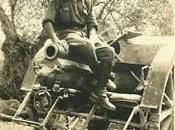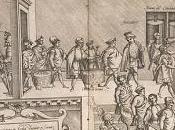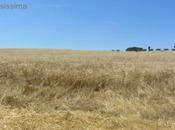
La capra Amaltea
Artists are people with huge culture and sensitivity, no doubt about that. What surprises me – when I admire their art works , as well as the harmony of forms- is certainly the reference to myths or topics that I discover only through their works . I had admired a sculpture rich in detail the goat Amalthea, 1615-1616 made by Gian Lorenzo Berniniand now in the Galleria Borghese in Rome ( go to visit Galleria Borghese because it is wonderful . ) The Neapolitan sculptor followed in his father's footsteps , Pietro Bernini , originally from Tuscany. What surprises me every time about this artist is the virtuosity of his art work . The statue in the pic is rich in details. Try to observe the coat of the goat , the movement reproduces the softness - definitely far from the concept of static space. The artist’s point of view date is not realistic but idealized . Moreover here we talk about a myth of the Hellenistic culture, source of inspiration for him. It is amazing that this statue is a young work of the artist without experience, we can imagine the beauty and precision of the art works when he was skilled.What is the tale of this statue? According to the myth Zeus was suckled by the goat Amalthea (in another version was not a goat but a young girl) , the goat -as a reward- became a constellation .The mythological story is before our eyes, in harmonious shapes of stone that express the artist's thoughts .Che gli artisti siano persone di grande cultura e sensibilità non c’è dubbio. La cosa che mi sorprende nell’ammirare spesso le loro opere, oltre all’armonia delle forme è sicuramente il richiamo a miti o argomenti che io vengo a scoprire attraverso le loro opere. Mi è capitato di ammirare una scultura ricca di particolari La capra Amaltea 1615-1616 fatta da Gian Lorenzo Bernini ed oggi conservata alla Galleria Borghese a Roma ( andate a visitare Galleria Borghese perché è in incredibilmente bella.) Lo scultore napoletano seguì le orme del padre, Pietro Bernini, di origine toscana. Ciò che mi sorprende ogni volta di questo artista è il virtuosismo con coi riproduce l’immagine. Nella statua di cui sopra i particolari sono curati nel minimo dettaglio. Provate ad osservare il pelo della capra, il movimento come se fosse qualche cosa di morbido e quindi lontano dal concetto di staticità. La visuale data dall’artista non è realistica ma idealizzata: d’altronde qui ci parla di un mito che si ispira alla cultura ellenistica a cui lo scultore si ispirò. La cosa sorprendente è che questa statua è un’opera giovanile quindi quando ancora egli stava facendo esperienza: verrà da sé immaginare la bellezza e la precisione delle opere dell’artista maturo.Cosa succede in questa opera? Secondo il mito Zeus venne allattato dalla capra Amaltea ( in un’altra versione non era una capra ma una giovane ragazza), la capra come ricompensa divenne poi una costellazione.Il racconto mitologico è davanti ai nostri occhi, nelle forme armoniose della pietra che esprime i pensieri dell’artista.





